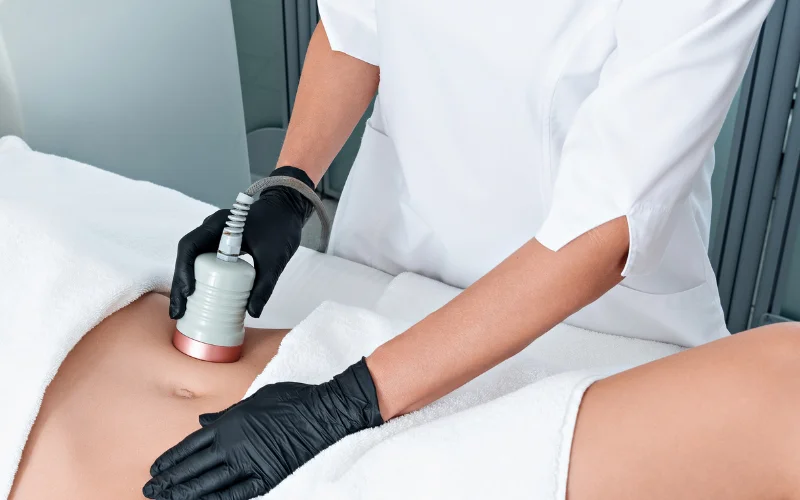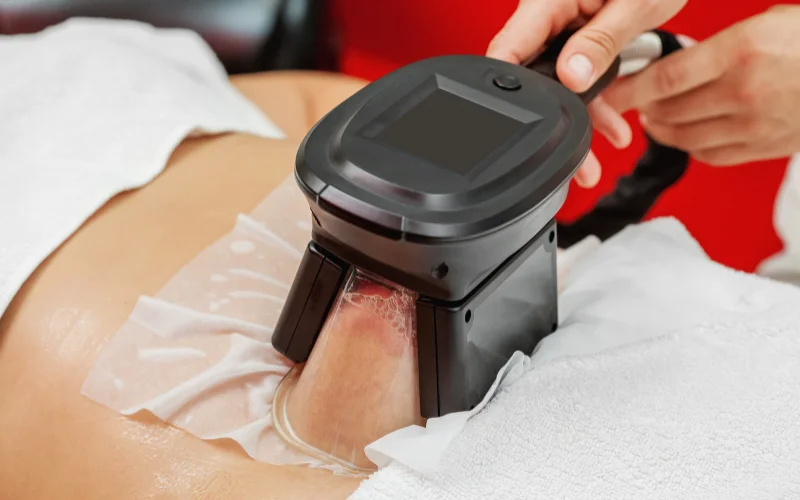Achieving your weight loss goals is an incredible accomplishment, but it often brings up the concern of loose skin. This can be disheartening for many, as the excess skin can mask the results of all the hard work put into losing weight. This article will provide you with comprehensive, actionable insights on how to avoid loose skin after weight loss. By following these steps, you can maintain a firm and toned appearance as you shed those extra pounds. We’ll cover everything from gradual weight loss and hydration to advanced treatments for more severe cases.
Understanding Loose Skin

Loose skin after weight loss occurs when the skin loses its elasticity faster than it can adapt to the new body shape. This is commonly seen in individuals who have lost a significant amount of weight quickly. The skin’s ability to bounce back largely depends on factors such as age, genetics, and the duration of being overweight.
Why Does Loose Skin Happen?
Before diving into the solutions, it’s crucial to understand why loose skin happens:
- Rapid weight loss: Losing weight too quickly can prevent the skin from shrinking at the same rate.
- Age: Older skin has less collagen and elastin, making it harder to tighten.
- Genetics: Your genetic makeup can influence how your skin responds to weight loss.
- Duration of being overweight: The longer your skin has been stretched, the harder it is to retract.
Strategies to Avoid Loose Skin

To effectively prevent loose skin during your weight loss journey, it’s essential to adopt a holistic approach that includes gradual weight loss, proper hydration, strength training, a balanced diet, and the use of skin-firming products. Each of these strategies plays a crucial role in maintaining skin elasticity and firmness.
1. Lose Weight Gradually
One of the best ways to prevent loose skin is to lose weight gradually. Aim for a weight loss of 1-2 pounds per week. This slow and steady approach gives your skin time to adapt to your shrinking body. For example, if you’re wondering how long it takes to lose 20 pounds, following this method would take approximately 10 to 20 weeks. Rapid weight loss can leave your skin with insufficient time to adjust, leading to sagging and loose skin.
2. Stay Hydrated
Hydration is key to maintaining skin elasticity. Drinking plenty of water helps keep your skin hydrated and more elastic. Aim for at least 8-10 glasses of water per day. Proper hydration supports overall skin health and can significantly reduce the risk of developing loose skin.
3. Build Muscle
Engaging in regular strength training exercises can help build muscle mass, which fills out the skin and improves its appearance. Incorporate exercises like weight lifting, resistance bands, and body-weight exercises into your routine. Building muscle can help tighten the skin by providing a firm foundation beneath it.
4. Eat a Balanced Diet
A balanced diet rich in vitamins and minerals supports skin health. Focus on foods high in:
- Protein: Supports muscle growth and skin elasticity.
- Vitamin C: Promotes collagen production.
- Omega-3 fatty acids: Keeps skin supple.
Consuming a nutrient-rich diet can enhance your skin’s ability to bounce back after weight loss.
5. Use Skin-Firming Products
There are various skin-firming creams and lotions available that contain ingredients like collagen, elastin, and hyaluronic acid. These products can help improve skin elasticity and firmness when used consistently. While they may not work miracles, they can provide some support in tightening the skin.
Additional Tips for Skin Health

Maintaining overall skin health is crucial for preventing loose skin. This includes avoiding sun exposure, considering professional treatments if necessary, and staying active. These tips can help you maintain the elasticity and firmness of your skin as you lose weight.
1. Avoid Sun Exposure
Excessive sun exposure can damage the skin and reduce its elasticity. Always use sunscreen when heading outdoors to protect your skin from harmful UV rays. Sun damage can exacerbate the problem of loose skin, so it’s essential to protect your skin from the sun’s harmful effects.
2. Consider Professional Treatments
If you have a significant amount of loose skin, professional treatments like laser therapy, radiofrequency treatments, and even surgical options like tummy tucks can be considered. Consult with a dermatologist or plastic surgeon to explore these options. Professional treatments can offer more dramatic results for those with severe loose skin.
3. Stay Active
Regular physical activity improves blood circulation, which can help maintain skin health and elasticity. Aim for at least 150 minutes of moderate-intensity exercise per week. Staying active not only helps with weight management but also promotes overall skin health.
Advanced Options for Severe Cases

In some cases, despite all efforts, loose skin may still be a concern. For those dealing with significant amounts of loose skin, advanced medical treatments may be necessary. These options can provide more dramatic and lasting results.
1. Surgical Procedures
Surgical procedures such as body contouring, tummy tucks, and arm lifts can remove excess skin and tighten the remaining skin. These procedures are typically recommended for individuals who have lost a substantial amount of weight and have a significant amount of loose skin.
2. Non-Surgical Treatments
Non-surgical treatments like radiofrequency, ultrasound therapy, and laser treatments can help tighten loose skin by stimulating collagen production. These treatments are less invasive than surgery and can be effective for mild to moderate cases of loose skin.
3. Consult a Specialist
It’s essential to consult with a dermatologist or plastic surgeon to determine the best course of action for your specific situation. A specialist can provide personalized recommendations based on your skin type, the amount of loose skin, and your overall health.
Conclusion
Avoiding loose skin after weight loss requires a combination of gradual weight loss, proper hydration, strength training, a balanced diet, and the use of skin-firming products. For those with significant loose skin, advanced medical treatments may be necessary. By following these strategies and maintaining a healthy lifestyle, you can achieve a firm and toned appearance, showcasing the results of your hard work. Remember, patience and consistency are key to achieving lasting results.
FAQs
1. How long does it take for skin to tighten after weight loss?
The time it takes for skin to tighten after weight loss varies from person to person and depends on factors such as the amount of weight lost, age, genetics, and overall skin health. It can take several months to a few years for the skin to fully adjust.
2. Can loose skin go away on its own?
In some cases, loose skin can tighten on its own over time, especially if the weight loss was gradual and the skin’s elasticity is still good. However, for significant amounts of loose skin, additional treatments may be necessary.
3. Are there any natural remedies for tightening loose skin?
Natural remedies such as staying hydrated, eating a balanced diet, and engaging in regular strength training can help improve skin elasticity. Additionally, using skin-firming products containing ingredients like collagen and hyaluronic acid can provide some support.







